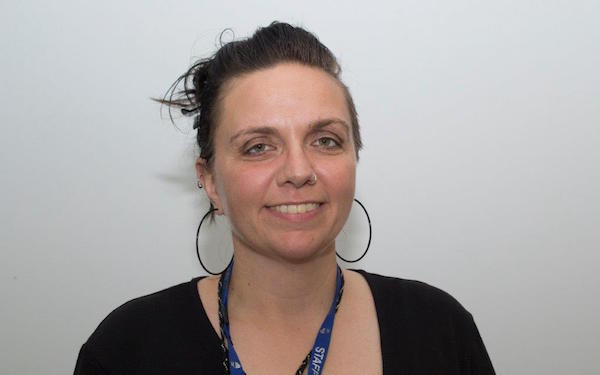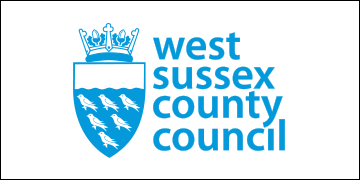By Louise Fox
Four years ago West Sussex County Council went ahead with a full implementation of the Signs of Safety approach to children’s social work. Here Louise Fox, the group manager for contact, assessment and intervention, reflects on five ways in which the model transformed social work in West Sussex for the better:
1. Social workers feel safer
When I joined West Sussex in 2008 there was no single practice model, so one of the greatest benefits we’ve seen from Signs of Safety is that it provides us all with an ethos, a way of working and the tools we need.
Having a single model helps with staff confidence. Our social workers tell me that it makes them feel safer when undertaking complex work in challenging situations. As Mark, a social worker in the assessment team, says: “It is simple, family friendly, child focused, gives clear goals and you can use it flexibly.”
2. Families are more involved
From the earliest possible stage we start holding ‘family network meetings’, which give families, friends and communities the chance to come up with their own solutions for keeping children in their family safe. Children and their parents or carers tell us they like having the opportunity to take back some control even in the most difficult situations.
For example Clarissa (not her real name) previously had her child removed. Since then she has had a new baby and another of her other children returned to her care. Clarissa told me she “liked the family network meeting way of working”, adding: “It is very good for professionals to listen to family because they know when things are going wrong and they will say when things are good.”
Want to know more?
We are attending Community Care Live London on the 26 and 27 September.
Louise Fox and her team will be holding a seminar to discuss Trajectory Planning as part of the Signs of Safety model.
Also Catherine Watkins, our principal cocial worker and service development manager, will be holding a roundtable discussion titled: ‘How do we celebrate success in a meaningful way that has an impact for all social workers?’
Please come and see us at stand 15, where we will have social workers and practice managers on hand to answer your questions.
3. Jargon has been busted
Signs of Safety emphasises the use of plain language so our managers now work closely with their teams to unpick with social workers what they need to say to children and families so that they are very clear about our worries. As a result our social workers feel more confident in using their authority in a compassionate way.
We have also found that using plain, simple and jargon-free language brings us much closer together with children and their carers, enabling social workers to gain much clearer evidence about our worries which we can bring to the family.
4. Children are being heard
One of the most exciting things about Signs of Safety is how it has improved the quality of direct work with children by giving staff the skills to help children understand why social workers are involved and involve them in the process.
Children benefit greatly from undertaking ‘words and pictures’ work with their social worker and parents when they have suffered from past trauma. Poppy (not her real name) spoke of the work she had done with her mum about the time when she was out of her mum’s care. “I cried [when we did the words and pictures] because I was always told nothing had happened, and it was all going round in my head. The truth has come out now, and that’s a good thing, mum and me can talk about it”.
5. We work in a supportive culture
Signs of Safety encourages a culture of collaboration with families and gives us the ability to put responsibility for children’s safety back with the family network, but that only works if our organisational culture is collaborative and the uses the workers’ network to make them feel. Good practice happens when heart and head come together to allow staff to take positive risks.
Our social workers know that they will not always know all the answers and that sometimes even their best efforts will not produce the outcome they would have wanted. But just like the families they work with, we want them to know they are part of a team who will work together to help them ask the best questions rather than telling them what the answer is and knows that the solution lies within them and that if they ever make a mistake, we will all work together to learn from it and move forward to make things better.
West Sussex County Council is looking for children’s social workers to join its team. See the latest children’s social worker vacancies at West Sussex County Council.




 Facebook
Facebook X
X LinkedIn
LinkedIn Instagram
Instagram